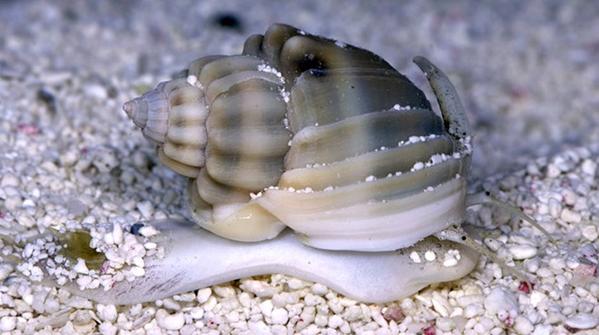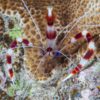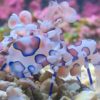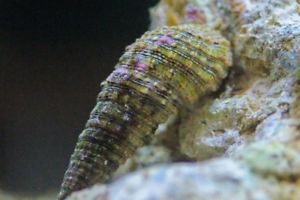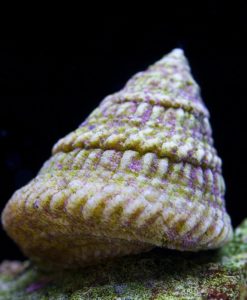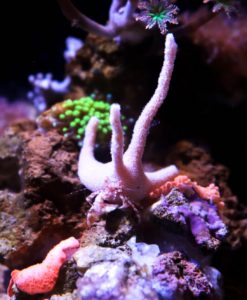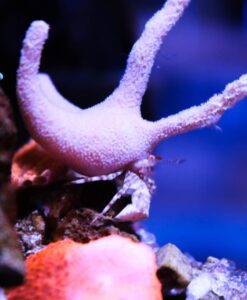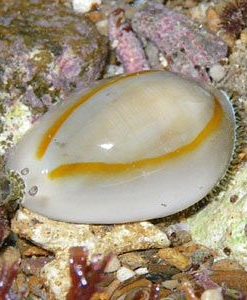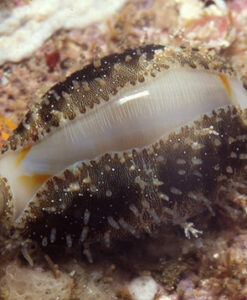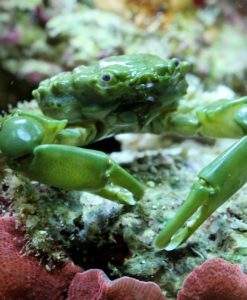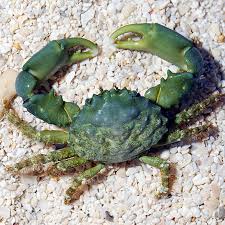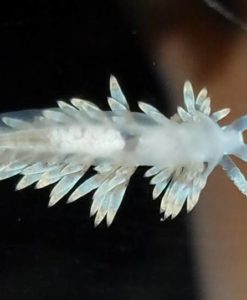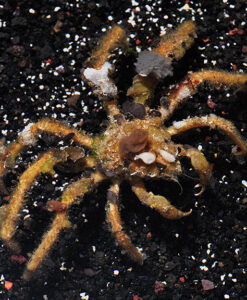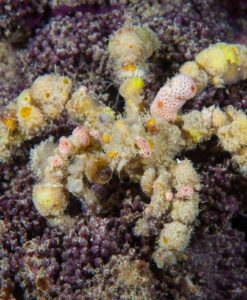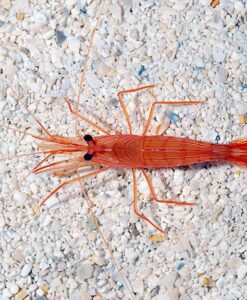Nassarius Snails
$8.49 – $60.00
Care: Easy
Temperament: Peaceful
Diet: Carnivore
Purchase Size: 0.75-1″
Max Size: 1.5″
Water Parameters: Salinity 1.024-.26, Temp 77-78, ph 7.7-8.2
Population: 1/5 gallon
Reef Safe: yes
Lifespan: Up to 3 years
Breeding: Very difficult. Requires specialized food and equipment
Gender: Yes but not discernible by hobbyists.
Drip acclimate
Often the only indication that a Nassarius Snail is present is the sight of its siphon breaking the surface of the sandbed. Also known as Zombie Snails, the Nassarius Snail can spend days submerged in a tank’s sandbed. It can detect food in the tank and can often be seen on the surface of the sandbed during feeding time, especially if the tank’s circulation pumps are turned off. Seeing a group of Nassarius Snails rise from the sandbed for feeding time makes it clear why they are known as Zombie Snails.
The Nassarius Snail has an oval-shaped spiral shell ending in a point at the rear of the snail. The shell is generally mottled in colour with various shades of white, tan and black often all present on the same individual. This colouration can be described as marble-like. Unfortunately, hobbyists are rarely able to appreciate the snail’s beauty as they spend the majority of their time buried in the
sandbed.
This snail can be found in the warm waters of the Caribbean as well as off the coast of Mexico. They are found in waters with a wide variety of bottoms, such as sand and mud. Since they are adapted to scavenge in the sandbed for food they absolutely require a substrate if they are kept in a home aquarium. In a tank with only live rock they will quickly become stressed and will not generally survive long.
The Nassarius Snail provides an invaluable service in a home aquarium. Their constant scavenging serves to aerate the substrate and prevents dead spots from forming. They also serve to consume leftover food, detritus and even fish waste and prevent these from breaking down into harmful compounds. Despite the fact that they are carnivorous they are harmless to other residents of a home tank and corals. This small snail has a big appetite and will effectively help to clean the substrate. If necessary, they can be fed chopped squid or other meaty foods.
Unlike many snails, the Nassarius Snail is generally able to right itself if it falls onto its back, although because it tends to stay off rockwork this eventuality is fairly unlikely. Like many snails they are sometimes at risk of predation by hermit crabs, although the likelihood of this can be reduced by having a variety of shells available for any resident hermit crabs.
| Quantity | 1 Snails, 3 Snails, 5 Snails, 10 Snails |
|---|

